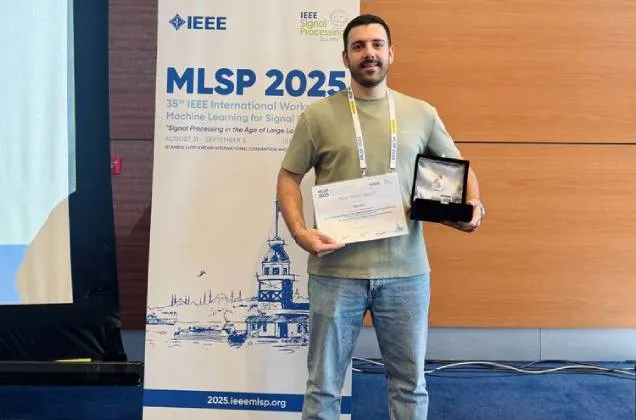29/03/2016
Researchers from Sabanci University, Jozef Stefan Institute, and CNRS-LPS have finally identified a necessary condition in the ceramic phosphor structure, for super long afterglow. Since the late 1960’s, strontium aluminate ceramic powders containing rare earth dopants have been attractive for safety illumination and decorative purposes, due to their strong emission of light in the dark, known as “afterglow”.

By using a unique collection of expertise, tools, and methods, this international team led by Dr. Ow-Yang was able to relate the chemistry to the optical properties at nanoscale spatial resolution, showing that boron enables a uniform distribution of rare earth dopant in the crystal, which is a necessary condition for the long afterglow. Their findings were published on March 9th, 2016 in the Journal of the American Ceramic Society. The researchers gratefully acknowledge financial support from TUBITAK and from the H2020 program ESTEEM2.
Serendipitously in the late 1990’s, researchers noted that a key additive used to lower the ceramic powder processing temperature, boron oxide, dramatically extended this afterglow duration from minutes to longer than 8 hours. With such a remarkable afterglow intensity and duration, paints containing these long afterglow pigments are essential for building materials in earthquake-prone regions of the world. However, the exact role of boron in the dramatic elongation of afterglow remains unclear.
G. Inan Akmehmet et al: Structure and Luminescence in Long Persistence Eu, Dy, and B Codoped Strontium Aluminate Phosphors: The Boron Effect. Journal of the American Ceramic Society 2016; : DOI 10.1111/jace.14188
Journal of the American Ceramic Society can be accessed at: http://onlinelibrary.wiley.com/journal/10.1111/(ISSN)1551-2916/earlyview
The direct URL link to the article will be http://doi.wiley.com/10.1111/jace.14188




